Toyota Tacoma Vs Tundra: Which Truck is Right for You?

Some corners of the internet feel the need to complain that both of these Toyota trucks are well past their Best Before dates.
The current Tacoma was introduced in 2015, which doesn’t sound too bad until one realizes the truck traces its roots all the way back to 2004. The full-size Tundra hasn’t been majorly updated in over a decade.
The facts these keyboard warriors are ignoring is that both of these pickup trucks enjoy an ardent fan base, excellent reliability records, and solid resale values. Interestingly, Toyota has also been recalcitrant with price increases for these machines. It’s not often that the Big T is held up as the budget play in any segment; with other manufacturers exploring the ceiling of truck prices, Toyota has been content to keep its Monroneys at a reasonable level.
Get a Quote on a New Toyota Tacoma or TundraWhich of these two pickup trucks best fits your needs? AutoGuide.com will walk you through their differences in an effort to help you figure it out.
Cabin Space
Tacoma: The smaller of the two trucks offered by Toyota, the Tacoma is offered in two different body styles. In it Access Cab configuration, rear seat riders are unceremoniously dumped onto thin chairs with all the comfort of a church pew. Its rear doors are clamshell-style, meaning the fronts have to be opened first. The larger Double Cab adds nearly a foot of measured legroom to the rear seat along with a pair of standard doors.
Tundra: Like its smaller brother, the Tacoma is offered in a pair of cab sizes. This time, the smaller of the two is called Double Cab, whose rear seat is a comfortable bench big enough for a trio of actual humans. Those wanting limo-like legroom can opt for the CrewMax, where backseat legroom grows by eight inches to equal the room afforded to those riding up front.
Bottom Line: If it’s pure, unadulterated space you seek, opt for the Tundra. It outstrips the Tacoma in every interior dimension, especially in rear-seat measures. Stuffing a family of four into any version of the smaller truck will be like trying to fit a gallon of milk into a pint-sized jug. One will have no such issues with either of the Tundra cab choices.
ALSO SEE: Review: Mud Bogging the Updated 2019 Toyota TRD Pro Lineup
Cargo Capacity
Tacoma: Buyers of the Access Cab truck have but one option for bed length, measuring 73.7 inches. Double Cab customers may select that unit as well or a shorter bed offering a diminutive 60.5 inches of room. Space between the wheel wells checks in at 41.5 inches.
Tundra: The big Tundra is offered with short, standard, and long beds. The short bed measures just 66.7 inches from end to end, the standard box is 78 inches long, and the long box provides a massive 97.6 inches of space. Dimensions between the wheel wells in the bed are the same for both at an even 50.0 inches. Note that the CrewMax is only available with a short box.
Bottom Line: Most pickup truck drivers use their machines for personal duty, hauling nothing but air in the bed. If this is you, the short bed Tacoma is more than adequate. Those looking to make scattered runs to the Home Depot would be well served to consider the long bed options.
Powertrains
Tacoma: A pair of engines are available, either a 2.7L inline-four making 159 horsepower / 180 lb-ft or a 3.5L V6 cranking out 278 ponies and 265 lb-ft of max torque. Though you can opt for either a six-speed manual or a six-speed automatic, the manual is only available with the V6 powerplant and on TRD models only. The four-pot is now available with the automatic only.
Tundra: Toyota has dropped the 4.6-liter V8 for good from its Tundra lineup. The Japanese light-duty hauler is now only available with the ancient 5.7-liter V8 making 381 hp. Unlike its competition, buyers won’t find any turbochargers or advanced fuel-saving technologies under the hood of the Tundra. It comes with a six-speed automatic only but you can choose between 4×2 and 4×4 versions.
Bottom Line: These stout workhorses get the job done in the same manner that an axe would get the job done when cutting pizza. Crude, not overly efficient, but ultimately effective. Reliable, too. After all, when was the last time you saw an axe fail to start in the morning?
Capability
Tacoma: With its four-cylinder engine, the Tacoma is capable of towing 3500lbs, roughly the same amount as most crossovers and minivans. Don’t think of it as a lightweight, though. With a maximum payload of 1,620 lbs, the Tacoma can be laden down with a lot of cargo proportionate to its size. Six-cylinder versions can haul a maximum of 6,800 lbs.
Tundra: Properly equipped, the Tundra can tow up to 10,200 lbs. Payload, defined as the maximum amount of cargo weight including passengers, tops out at 1,730 lbs. This leaves only 710 lbs for people and gear if you’re hauling a 10,200 lb trailer.
Bottom Line: Big towing jobs will definitely require the Tundra. Those who don’t haul on a regular basis, however, might be best served by a Tacoma, as its smaller dimensions make for a more maneuverable machine.
ALSO SEE: Top 7 Best Tonneau Covers
Fuel Economy
Tacoma: Efficiency is not the Tacoma’s strong suit, given its low-tech engine options. Economy in city driving dips into the teens even with the little four-cylinder, a performance not much better than the thirsty V6. Don’t expect to exceed 20 mpg very often with either motor.
Tundra: How much fuel does the Tundra use? All of it really, Heavy CrewMax versions of the truck are rated by the EPA at just 13 mpg on the city cycle. Notably, the Tundra is available with a massive 38-gallon fuel tank. You’ll need it.
Bottom Line: If you’ve truly an eye on fuel economy and want a Toyota, buy a Prius.
Technology
Tacoma: Toyota’s Safety Sense P is standard on all Tacoma pickups and offers active safety features like pre-collision system with pedestrian
detection, lane departure alert, and high-speed dynamic radar cruise control. Toyota’s Star Safety System fuses pre-collision technology with stability and traction controls and is part of the standard kit. Infotainment is provided by the company’s Entune Audio, which includes a seven-inch touchscreen as standard while an eight-inch screen and JBL-branded speakers are available on upper-level trims.
Tundra: Toyota’s Safety Sense P and Star Safety are standard on the Tundra as well. Blind spot monitoring with rear cross-traffic alert is available across the range except on the base and strangely, the TRD Pro trim. The audio and touchscreen kit is also similar to the Tacoma. Entune is the default system, Apple CarPlay and Android Auto are standard but the JBL sound is available on the upper trims only.
Bottom Line: Neither truck holds a candle to other pickups on the market in terms of infotainment technology. Compared to each other, the Tundra is available with 12 JBL speakers, double the number in the Tacoma, so your audiophile author will give this nod to the frozen north.
Driving Dynamics
Tacoma: The standard four-cylinder engine is quite lean on power, so unless you live where the landscape is flatter than a billiard table, splurge on the V6. Tacoma’s top-tier TRD Pro trim dispatches off-road challenges with ease, deploying Fox-branded shocks and a 1-inch lift to zip through (or over) just about any obstacle any reasonable driver can throw at it.
Tundra: Showing its age, the Tundra plods through life like a tired quarterback in the twilight of his career – slower than the new guys but occasionally showing signs of his former greatness. In particular, the Tundra’s steering effort is wonderfully light, saving the driver from having to perform advanced calisthenics before towing a trailer.
Bottom Line: As with all trucks, the laws of physics play a significant role in determining the handling traits of these two pickups. There’s no getting around the Tundra’s 5,680-lb curb weight in top trim. In comparison, the Tacoma sheds at least 1,500 lbs, making for a much more sprightly and maneuverable machine.
Style
Tacoma: Despite being one of the oldest designs in its segment, the Tacoma is a very good looking truck. For 2019, Toyota has added a new SX package that endows the rig with a black-out theme, ditching chrome trim for black-keyed accents. The TRD Pro is the most aggro of them all with a snarling hood scoop and bold TOYOTA lettering on its grille.
Tundra: The styling of Toyota’s full-sizer hasn’t changed significantly in a decade, with only a mild refresh in 2014. Its homely front fascia breaks no new ground, like that grade-school homeroom teacher who hasn’t bought a new sports coat since they started teaching in 1979.
Bottom Line: Make no mistake, the smaller Tacoma wins this round thanks to its lantern-jawed styling that brands it every inch a truck.
Pricing
Tacoma: A base model two-wheel drive Tacoma with a four-cylinder engine and automatic transmission is priced at $27,345 (incl. dest.). Upgrading to the larger Double Cab in this configuration costs a very reasonable $830. Well-equipped examples can be had in the low $30,000 range, with the top-of-the-line TRD Pro checking in at $45,270.
Tundra: As mentioned at the top of this post, the Tundra is actually the value play in today’s full-size truck market. The cheapest Tundra is priced at $35,420, a sum roughly equal to entry-level trucks at other manufacturers. Toyota now also offers two top-tier trims, Platinum and the 1794 Edition, both are similarly priced and start from $ 53,690, in a world where the F-150 Limited costs $67,135, the Toyota represents good value.
Bottom Line: Unsurprisingly, the smaller truck wins any price contest with its big brother, as the Tacoma is consistently cheaper than its sibling when comparably outfitted. However, the Tundra’s pricing structure is quite attractive given its level of equipment, particularly in its fancy trims.
ALSO SEE: Top 10 Best Trailer Hitch Covers
The Verdict: Toyota Tacoma vs Tundra
Despite its smaller size, the Tacoma brings a lot to this fight, not the least of which is its ability to fit into a downtown parking space. It all boils down to how much hauling capacity you need.
If heavy towing is on the bill, pop for a Tundra. Its 5.7L V8 might be as technologically advanced as a hammer but it will reliably get the job done. The Tundra also has a lot more space for passengers than its smaller brother, no matter the cab configuration.
For the rest of us? Buy a Tacoma. Its just-right sizing assures drivers can fit into urban areas without feeling like an elephant in a changing room at American Eagle. The Tacoma is a great deal more visually appealing, especially in a bright color like Voodoo Blue. While the Tundra can still haul the mail, the Tacoma is better suited for everyday driving.

Living in rural Canada, Matthew has immersed himself in car culture for over 30 years and relishes the thought of a good road trip. A certified gearhead, he enjoys sharing his excitement about cars and is very pleased to contribute at AutoGuide. Matthew is a member of Automotive Journalists Association of Canada (AJAC).
More by Matthew Guy
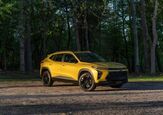

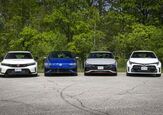
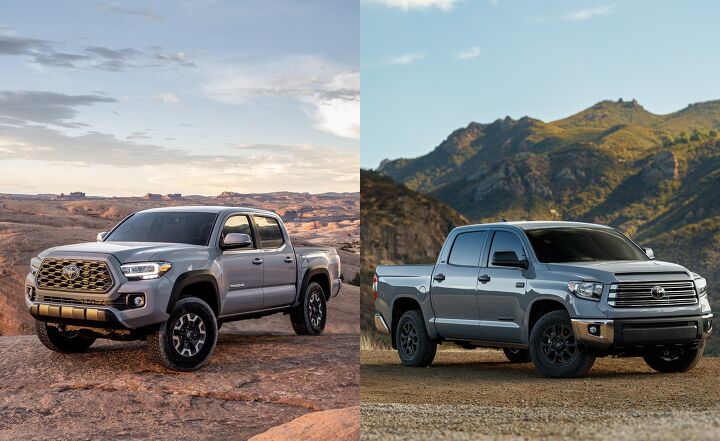














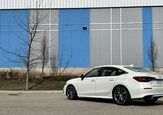

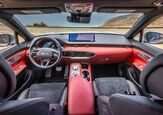

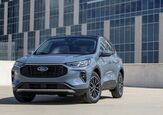
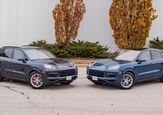
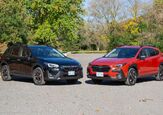
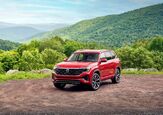
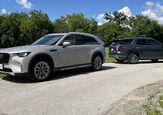
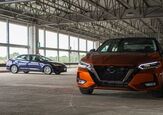
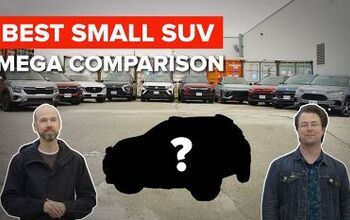
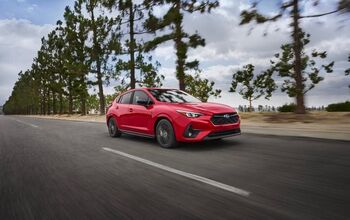
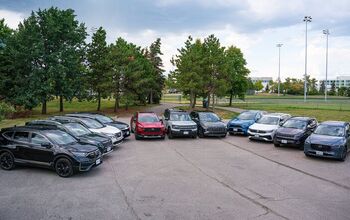
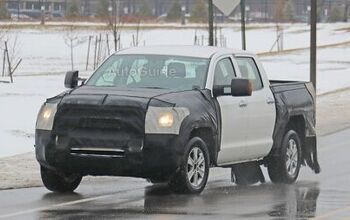
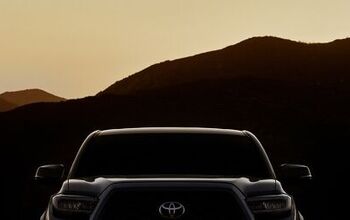
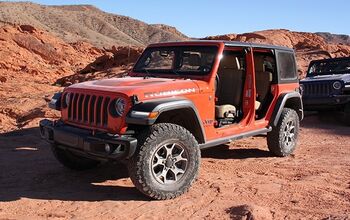
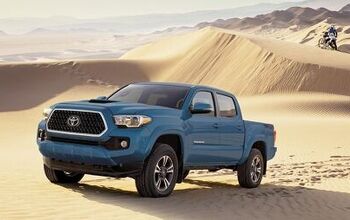
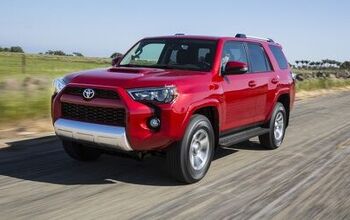
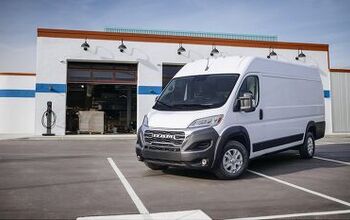
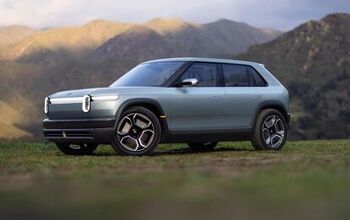
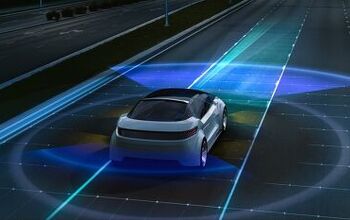

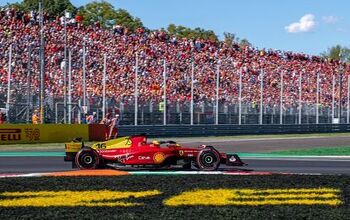

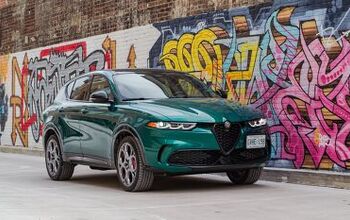
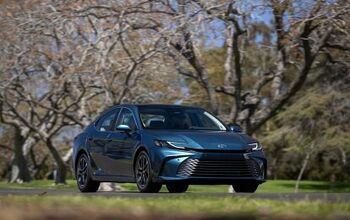
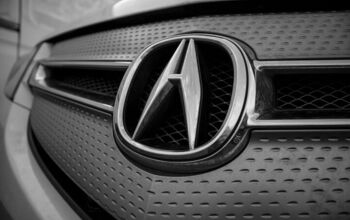
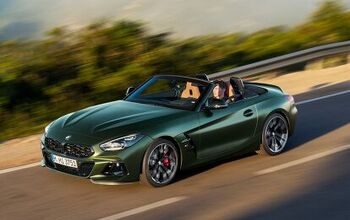
Comments
Join the conversation